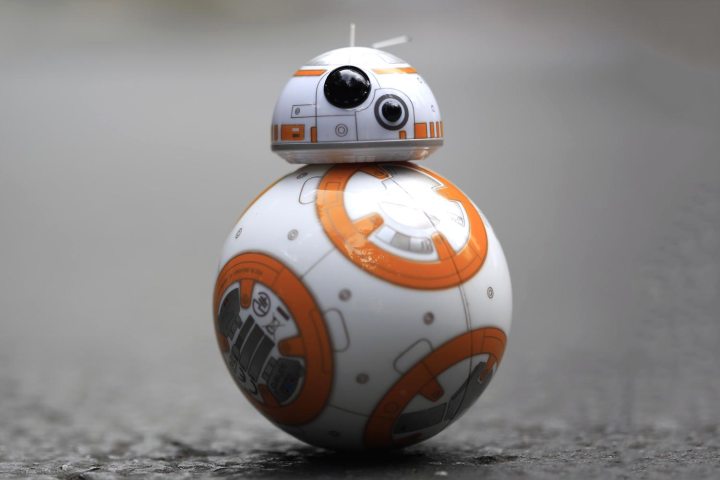
As soon as Disney’s new BB-8 droid first graced the screen in the trailer for Star Wars: The Force Awakens, the robotic cast member instantly became a favorite among fans. Figuring out how its head mysteriously moved separately from its continuously rolling body almost became more pressing than plot updates. Nostalgic memorabilia collectors felt BB-8 represented this generation’s version of R2D2. BB-8 was like that brand new smartphone everybody was chomping at the bit to get their hands on; fans didn’t just want one, they needed one.
As this popularity reached an absolute fever pitch prior to the film’s release, Star Wars geeks the world over tried their hand at replicating the diminutive droid. While some have perfected a build of the robot that moves just like his movie counterpart, these methods tended to be a bit on the pricey side (electronics can get expensive in a hurry). Instead, a DIYer by the name of Keith Sheppard devised an incredibly ingenious process for building a 1:1 scale replica prop of BB-8 out of nothing more than a little foam, some spraypaint, and a bit of contact cement. Unfortunately, the finished product doesn’t actually move on its own, but it does make for one hell of a collector’s item.
In directions posted to Instructables, Sheppard (or 1truedrum according to his username) comprehensively details all the materials, tools, or otherwise needed to put together your own prop droid. To help you get started, we’ve laid out the complete supply list required for construction. We also recommend printing off drawings of the design of BB-8’s body (similar to the above picture) and creating stencils to use while prepping for the painting steps. While cutting or drawing the designs by hand is an alternative, you’ll likely achieve a cleaner looking final product by using stencils. Here’s everything you’ll need before starting:
Tools:
- Heat gun
- Tape measure
- Box knife
- Ruler
Materials:
- Contact cement
- Wood glue
- Spot putty
- Sandable primer
- 1/2-inch Plastazote foam (2 feet worth)
- 1/2-inch EVA foam (3 feet worth)
- Clear plastic ornament ball (1)
- PVC foamboard (1-foot worth)
- Black spray paint
- Large marble (1)
- Automotive masking tape
With the necessary tools and materials at the ready, it’s now time to start building your very own replica BB-8 droid. Just follow Sheppard’s comprehensive Instructables walkthrough, and before long you’ll be the proud owner of one of the most sought-after movie props in recent history. Happy building!
The full instructions on how to build the 1:1 replica BB-8 can be found here.



